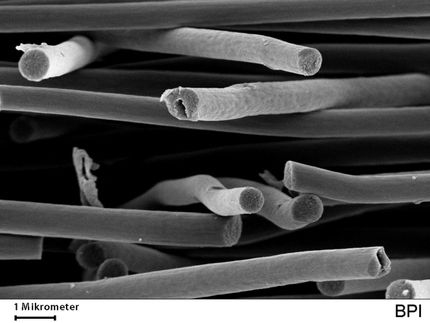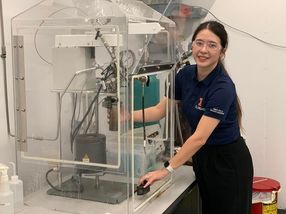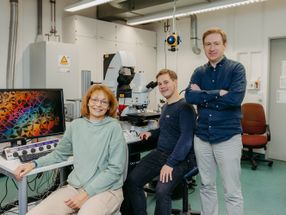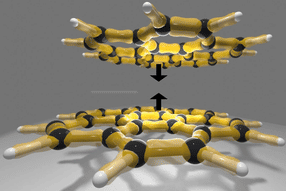DuPont, Cornell Study Reveals Process to Make High-Performance Carbon Nanotube 'Inks'
Advertisement
Scientists at DuPont and Cornell University in Ithaca, N.Y., have used a simple chemical process to convert mixtures of metallic and semiconducting carbon nanotubes into solely semiconducting carbon nanotubes with electrical characteristics well-suited for plastic electronics. This new finding, reported in Science, identifies a commercially viable path for the production of bulk quantities of organic semiconducting ink, which can be printed into thin, flexible electronics such as transistors and photovoltaic materials for solar cell technology.
The research team included DuPont research fellow Dr. Graciela Blanchet, Cornell University associate professor of materials science and engineering George Malliaras, Cornell/DuPont post-doctoral fellow Mandakini Kanungo and DuPont research chemist Helen Lu. Their article was titled, “Suppression of Metallic Conductivity of Single-Walled Carbon Nanotubes by Cycloaddition Reactions.” The research was funded by a U.S. Air Force grant to Cornell University.
Since their discovery in the early 1990s, carbon nanotubes have been viewed as potentially revolutionizing the electronics industry. However, the fact that carbon nanotubes are produced as complex mixtures can greatly limit their applications. In 2003, DuPont scientists published a method to separate carbon nanotubes using DNA. DuPont has continued to investigate these materials. The current development is a significant advancement in this pioneering field, and is a more promising approach to developing semiconductor applications of carbon nanotubes.
“A significant limitation in electronic application of carbon nanotubes has been the difficulty in separating metallic from semiconducting carbon nanotubes,” Graciela said. “Our research uncovered a potentially low cost route to suppress the conductivity of the metallic tubes without requiring further separation of nanotubes by type.”
“We are looking forward to exploring the use of this material in a wide range of devices for applications such as novel organic photovoltaic structures,” Malliaras said.
Other news from the department science

Get the chemical industry in your inbox
By submitting this form you agree that LUMITOS AG will send you the newsletter(s) selected above by email. Your data will not be passed on to third parties. Your data will be stored and processed in accordance with our data protection regulations. LUMITOS may contact you by email for the purpose of advertising or market and opinion surveys. You can revoke your consent at any time without giving reasons to LUMITOS AG, Ernst-Augustin-Str. 2, 12489 Berlin, Germany or by e-mail at revoke@lumitos.com with effect for the future. In addition, each email contains a link to unsubscribe from the corresponding newsletter.

































































